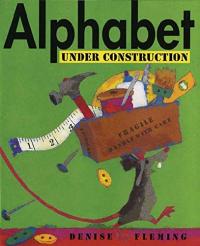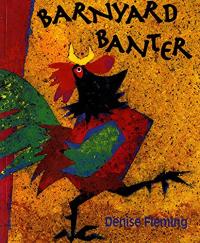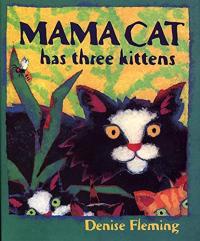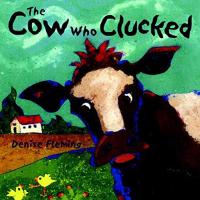
Biography
Denise Fleming was born in Toledo, Ohio in 1950. She grew up in a neighborhood where the kids rode bikes, played games, and organized outdoor circuses and plays. Denise also loved to spend time in her father’s basement workshop, where she would make things out of wood, clay, and papier-mâché while her father built furniture. Denise also loved to paint and draw. One of her third grade paintings was selected to be on the cover of a teachers’ magazine. During high school she took many art classes and won several awards.
While at Kendall College of Art and Design in Grand Rapids, Michigan, Denise changed her major from advertising design to illustration. After graduation she worked in many art-related jobs such as furniture building and teaching arts and crafts. When she took a job illustrating mass-market children’s books for a major publisher, she learned about bookmaking and decided to create her own books. After taking a papermaking class and developing her craft, Fleming traveled to New York City with a portfolio and returned with a two-book contract with Henry Holt & Company.
Denise Fleming’s first book, In the Tall, Tall Grass, was well received. In 1994 its companion book, In the Small, Small Pond, received a Caldecott Honor. Ever since then, Fleming has been able to make a living writing and illustrating children’s books. Her husband, a fellow artist whom she met in art school, helps with her papermaking process and book design.
Denise Fleming and her husband live in Ohio. Their daughter, who now lives out of the house, still helps to edit her mom’s books.
Find this author’s books on these booklists
Themed Booklist
A Pet Spectacular
Themed Booklist
Animal Babies
Themed Booklist
Bugs
Themed Booklist
Good Night, Sleep Tight!
Themed Booklist
Holiday Buying Guide 2007
Themed Booklist
Mother Earth in Autumn
Themed Booklist
Summer Reading Guide 2011
Themed Booklist
Ten Bedtime Stories
Themed Booklist




















